Admin Delicacies: Starting with Liz’s Appetizer of CRM Best Practices & Tools!
In this special installment of our admin series each of us will present our top recommendations for CRM administrators. The combined knowledge and experience we’ve accumulated over the years is represented by these suggestions, which aren’t ordered in any particular order. We invite our readers to participate as we discuss each tip in detail. Please feel free to provide any further information or advice in the comments or on social media. Keep in mind that the beauty of the CRM community is in the collaboration and sharing of knowledge. Join me as we set out on this enlightening voyage!
First, Liz discusses her views on best practices for administration and her personal favorite administrative tools.
1. Don’t build directly in the Production Environment
Every CRM administrator should refrain from building straight in the production environment as it’s a risky decision. No matter the scale of the business, configuration must be done in at least one lower environment, such a development sandbox. Additionally, if you’re using several environments, make sure that any problems found there are fixed before switching to production. This tip also encompasses data modifications as well as setups and solutions. To avoid potential disruptions or data loss, test any substantial changes in a lower environment before implementing them in production.
2. Consistent form & view design
For a seamless user experience, form and view design consistency is essential. To prevent confusion and user annoyance, fields that appear on several forms should be placed consistently. For example, frequently used data like the owner field should be positioned consistently, such as in the header. In the same way, columns that appear in different views should keep the same order. Additionally, avoid making the first column in a view a lookup column that leads to a different record. Inadvertent clickers may become confused by this. Finally, avoid putting frequently changed fields in the header because doing so requires an extra step and increases the risk of users missing them.
3. XrmToolbox for admins
Have you ever wondered how often certain fields on your form are being used? Especially when users complain about the abundance of fields they never utilize? The Attribute Usage Inspector is the answer. This tool allows you to run a report on a per-table basis to determine the usage frequency of each field. Business needs evolve over time and a field that was once deemed essential during deployment might become redundant and unnecessary. With the Attribute Usage Inspector, you can make informed decisions about which fields to retain and which ones to remove.
One of the challenges CRM admins face is setting default user settings. While the out-of-the-box CRM doesn’t allow for this, the XrmToolBox’s User Settings Utility does. Instead of training each user to update their personal settings, admins can now do it for them. A notable feature of this tool is its ability to show current user settings. Simply click on a user’s name, and you’ll see their existing configurations. The XrmToolBox community is dynamic, with regular updates and enhancements to its tools. This ensures that you always have the best and latest features at your disposal.
Personal Artefact Manager / Personal View Manager
As an admin, accessing personal items like user charts or dashboards can be challenging. This becomes even more problematic when a user who has created numerous charts or dashboards leaves the organization. How do you access, clean up, or reassign these personal artefacts? The Personal Artefact Manager or Personal View Manager in the XrmToolBox is the solution. It grants admins the ability to view, manage, and reassign these personal items, ensuring continuity and organization within the CRM.
What a fascinating journey through the CRM administration halls with Liz’s excellent advice! There is always something new to learn and apply, from navigating the production environment’s nooks and crannies to the delightful discoveries in the XrmToolbox. But as the saying goes, getting there is only half the battle. Keep those digital sneakers on because Ali will be the next person in our series to continue the CRM admin tips & tricks journey! She has been eager to share her top CRM admin advice that has influenced her career. Liz’s insights were only the appetizer, prepare yourself for Ali-style CRM wisdom as the main course.
Check out our CRM admin podcast series…
